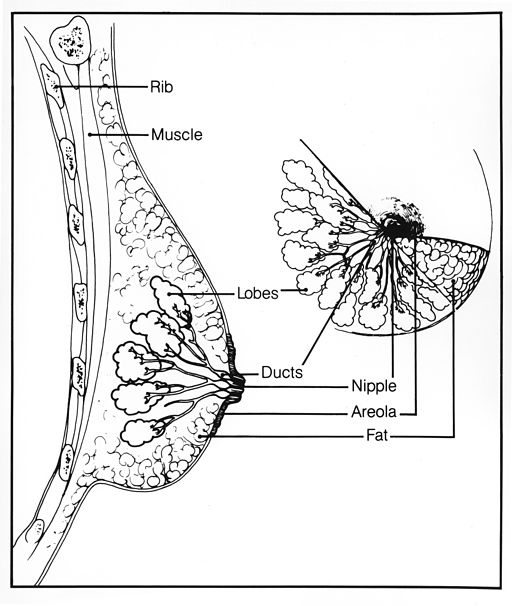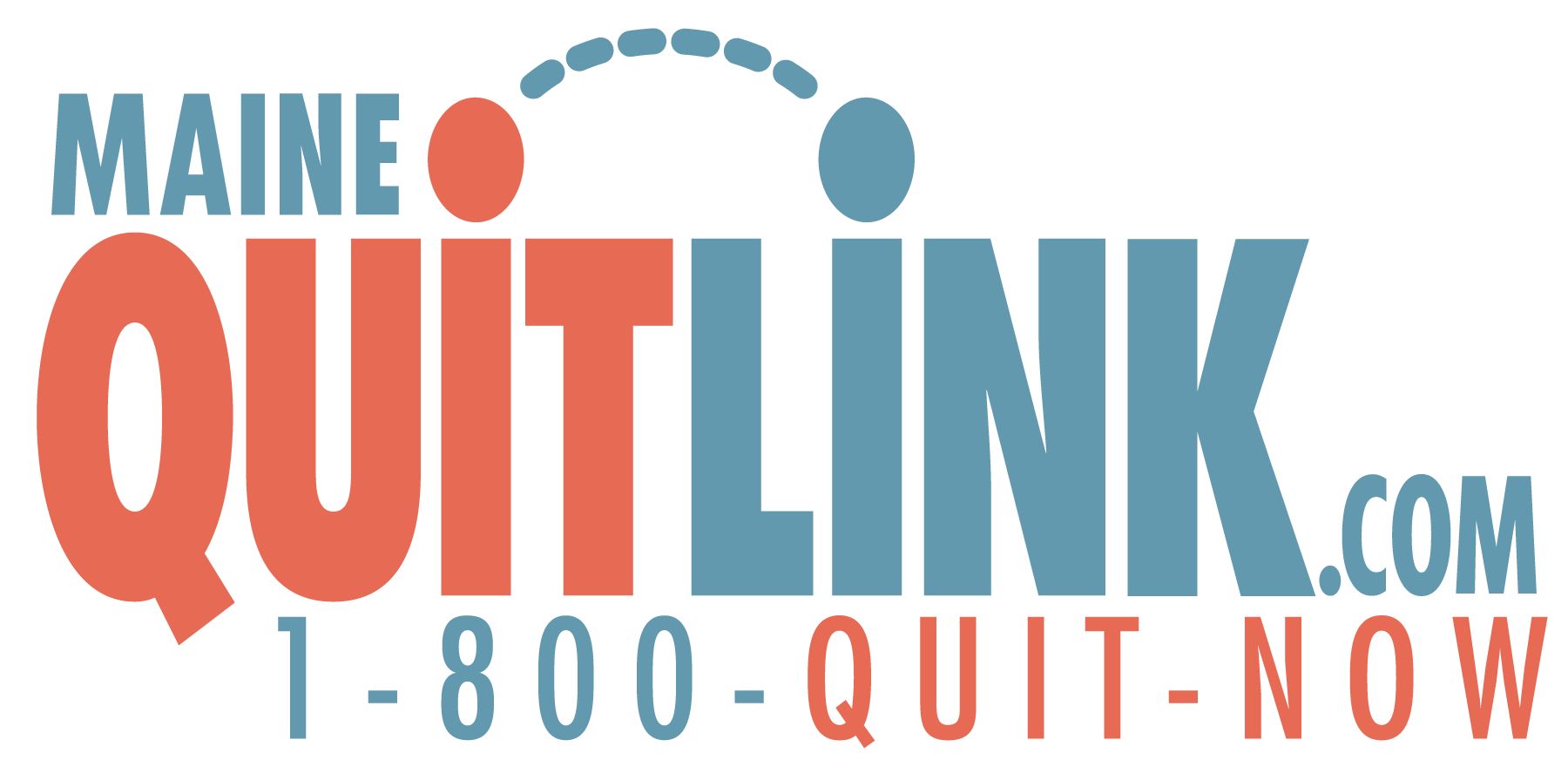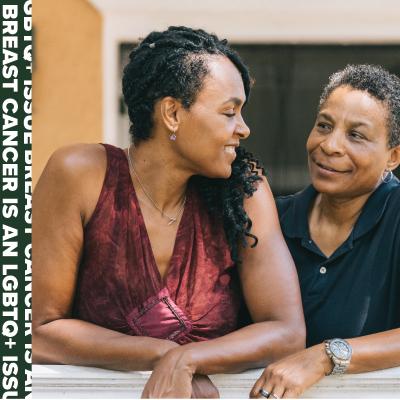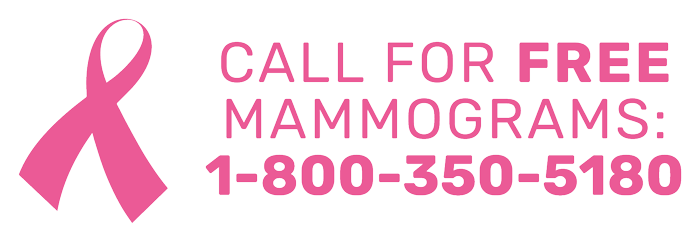LIBBY'S STORY
BETH'S STORY
Who should get screened for breast cancer?
The U.S. Preventive Services Task Force recommends that:
-
Women aged 40-74 get a screening mammogram now, and every two years.
Breast cancer is the most common cancer, and second leading cause of death from cancer, among adult women in Maine. But getting screened for breast cancer now can reduce your risk of dying from this disease.
Breast cancer screening means checking a woman's breasts for cancer before it is big enough to feel or cause symptoms. Early detection allows breast cancer to be diagnosed at an early stage, when treatment is most successful in lowering the risk of dying.
What test is used to screen for breast cancer?
A mammogram (an x-ray of the breast) is the best way to find breast cancer.
Each breast is scanned separately and is placed between two plastic plates. This flattens the breast to provide a clearer image of the breast tissue. This can be a little uncomfortable, but only lasts a few seconds. The exam itself will only take 5-10 minutes.
How do I prepare for a mammogram?
Helpful hints to prepare for a mammogram include:

In 2022, 73.6 percent of Maine women aged 40+ reported having a mammogram in the past two years.
- Do not use deodorant, powder, cream, perfume or cologne on your breasts.
- Avoid caffeine (in coffee, tea, chocolate or cola drinks) for a few days before the mammogram; caffeine can increase breast sensitivity.
- Wear a two-piece outfit as the exam requires removing your shirt and bra.
Click here for more information on breast cancer screening recommendations.
What is breast cancer?
There are different kinds of breast cancer depending on which cells in the breast turn into cancer—cells in the ducts or those in the lobes. The two most common types are:
- Ductal carcinoma. The most common kind of breast cancer, it begins in the cells that line the milk ducts in the breast, also called the lining of the breast ducts. There are two types:
- Ductal carcinoma in situ (DCIS). The abnormal cancer cells are only in the lining of the milk ducts, and have not spread to other tissues in the breast.
- Invasive ductal carcinoma. The abnormal cancer cells break through the ducts and spread into other parts of the breast tissue. Invasive cancer cells can also spread to other parts of the body.
- Lobular carcinoma. In this kind of breast cancer, the cancer cells begin in the lobes, or lobules, of the breast. Lobules are the glands that make milk.
- Lobular carcinoma in situ (LCIS). The cancer cells are found only in the breast lobules. Lobular carcinoma in situ, or LCIS, does not spread to other tissues.
- Invasive lobular carcinoma. Cancer cells spread from the lobules to the breast tissues that are close by. These invasive cancer cells can also spread to other parts of the body.

Breast lumps: Many conditions can cause lumps in the breast, including cancer. But most breast lumps are caused by other medical conditions. The two most common causes of breast lumps are fibrocystic breast condition and cysts. Fibrocystic condition causes noncancerous changes in the breast that can make them lumpy, tender and sore. Cysts are small fluid-filled sacs that can develop in the breast.
Click here for more information on breast cancer.
Breast Cancer Information Cards:
TTY users call Maine Relay 711
For eligibility information, visit the Maine CDC Breast & Cervical Health Program here.
Lowering Your RiskS
- Know your personal and family history of breast cancer:
- Talk to your doctor about your risk of getting breast cancer based on your risk assessment.
- Ask your doctor when you should get screened, and how often.
- Ask your doctor if you have dense breast tissue, and together decide which, if any, additional screening exams are right for you.
- If you use hormone replacement therapy (HRT), ask your doctor about the risks and benefits of HRT and if it’s right for you.
- Get screened for breast cancer regularly. By getting the necessary exams, you can increase your chances of finding out early if you have breast cancer, before you have symptoms.
- Other lifelong ways to help prevent breast cancer may include:
- The most important thing you can do to reduce your risk of getting cancer is to not smoke.
- If you don't smoke or use tobacco—don't start. If you do smoke or use tobacco—quit.
- No matter how long you have smoked, quitting can reduce your risk for cancer and other chronic diseases.
- Quitting smoking can be hard for many people. There is a lot of help out there so don't give up—keep trying.
- For more information about quitting smoking or the use of tobacco/nicotine products, call 1-800-QUIT-NOW, or visit MaineQuitLink.com.

- Other lifestyle changes that may reduce your risk include:
- Eating a healthy diet.
- Being physically active.
- Maintaining a healthy weight.
- Avoiding alcohol.
- Breastfeeding your children.
- The most important thing you can do to reduce your risk of getting cancer is to not smoke.



